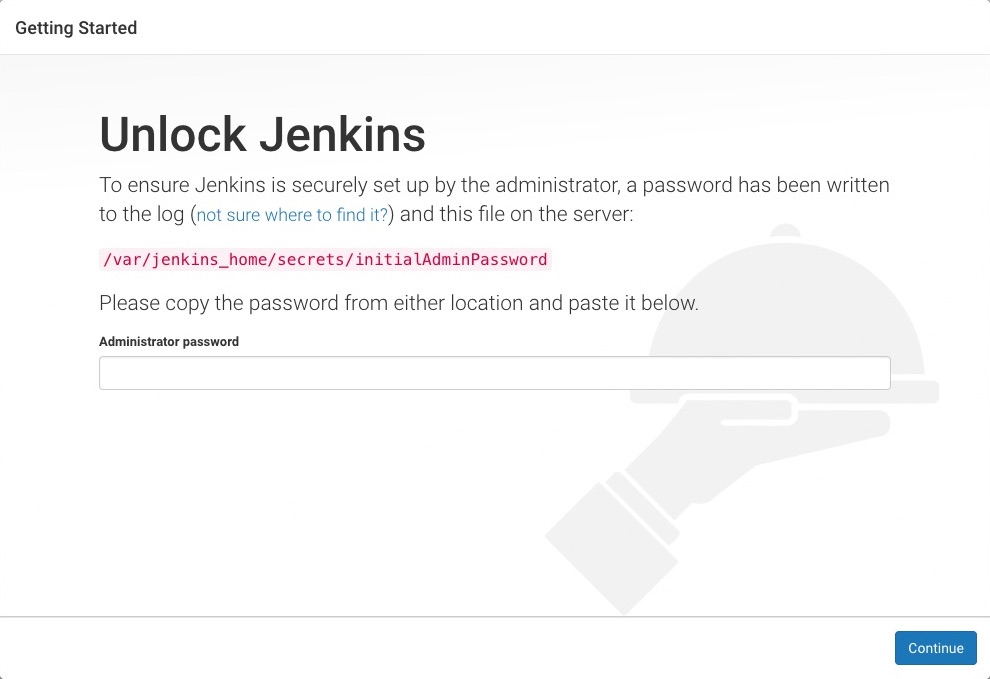Install Jenkins
The version of Jenkins which is available by the RHEL official repository is often behind the latest version, so in order to take advantage of the latest fixes and features, we’ll use the project-maintained packages to install Jenkins.
Add the repository key with the following command:
rpm --import https://pkg.jenkins.io/redhat-stable/jenkins.io.keyNow we will add the package repository address to our repository list with the command below:
wget -O /etc/yum.repos.d/jenkins.repo https://pkg.jenkins.io/redhat-stable/jenkins.repoUpdate your package manager list to get the latest packages:
yum repolistFinally, install Jenkins and JAVA with the following command:
yum install java-1.8.0-openjdk jenkinsStarting Jenkins
Jenkins will work as a service, so you can control it using "systemctl" command. start your Jenkins server with the following command:
systemctl start jenkinsIf you want to make it run at startup execute the command below as well:
systemctl enable jenkinsYou can check Jenkins service status using:
systemctl status jenkinsSetting up Jenkins
For setting up Jenkins, we need to visit its web dashboard running on the port, “8080”. So open your favorite browser and check http://your_ip_OR_domain:8080.
That's all



























